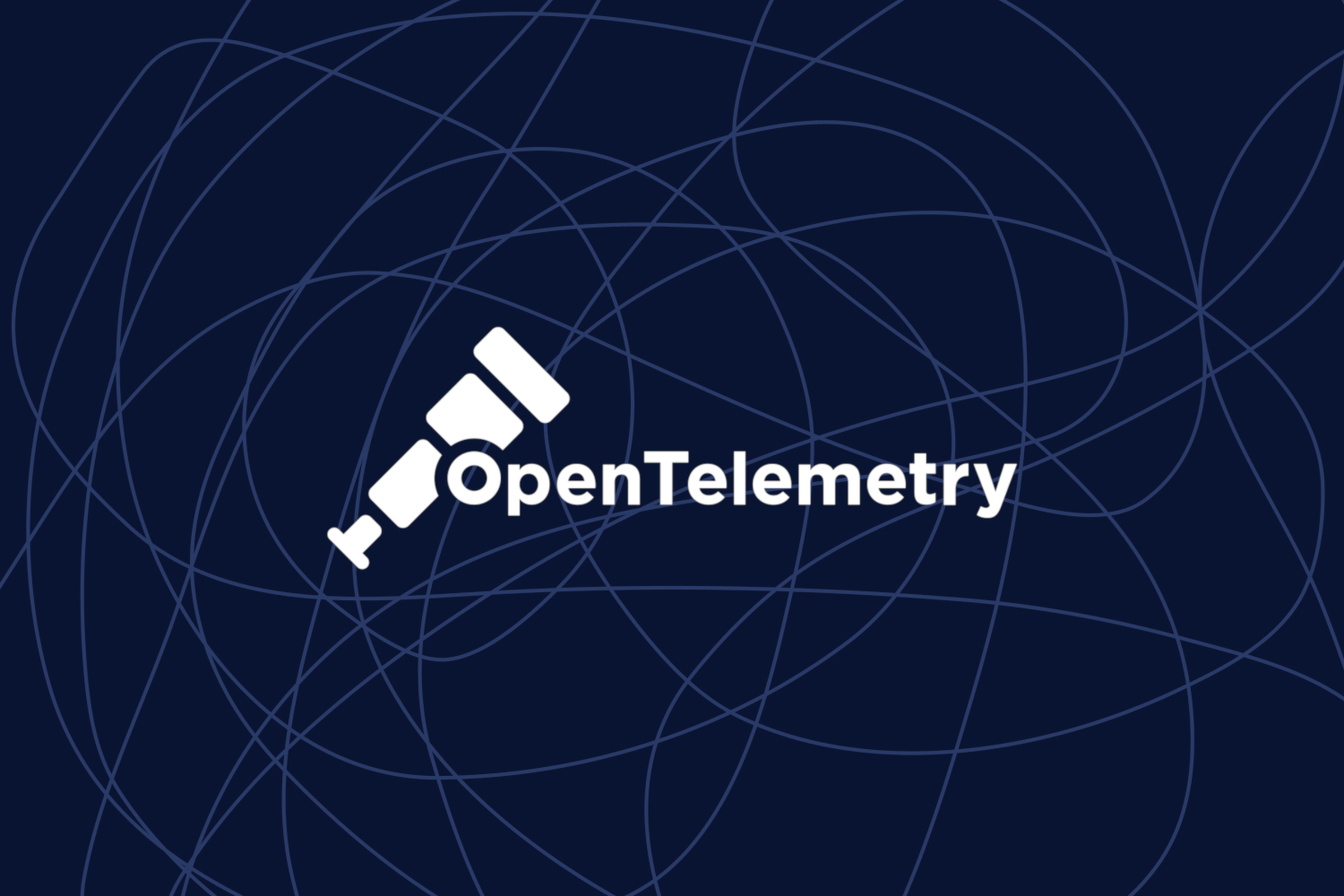If you’re already familiar with the OpenTelemetry Operator and what it brings to the table (if not, check out our previous post on Operators and Custom Resources), this post will focus specifically on how Java auto instrumentation works, and how it integrates seamlessly in a Kubernetes workflow.
What Is Auto Instrumentation?
Auto instrumentation means you can capture telemetry (traces, metrics) from your application without changing its code. For Java, this is achieved by injecting the OpenTelemetry Java Agent at runtime, which hooks into the JVM and automatically instruments supported libraries and frameworks (like Spring, gRPC, JDBC, etc.).
How the OpenTelemetry Operator Enables Auto Instrumentation
The OpenTelemetry Operator makes this process Kubernetes-native. It uses Custom Resource Definitions (CRDs) to manage instrumentation lifecycle and configuration. Specifically, the Instrumentation CRD is the key component here.
When you define an Instrumentation resource, the Operator ensures that:
- The correct OpenTelemetry language agent (in this case, the Java agent) is available.
- The agent is injected into your application pods automatically using a Kubernetes mutating webhook.
- Environment variables like
OTEL_EXPORTER_OTLP_ENDPOINTare configured based on your telemetry backend or OpenTelemetry Collector.
Example Setup: Auto Instrumenting a Java App
Let’s walk through a practical example.
1. Prerequisites
We assume the following are already installed in your Kubernetes cluster:
- OpenTelemetry Operator
- OpenTelemetry Collector (can be a basic one with just OTLP + debug exporters)
- A Java application (Spring Boot, Quarkus, etc.)
2. Define an Instrumentation Resource
Here’s a minimal Instrumentation resource for Java:
apiVersion: opentelemetry.io/v1alpha1
kind: Instrumentation
metadata:
name: java-instrumentation
namespace: otel
spec:
exporter:
endpoint: http://otel-collector:4317
propagators:
- tracecontext
- baggage
sampler:
type: parentbased_traceidratio
argument: "1.0"
java:
image: ghcr.io/open-telemetry/opentelemetry-operator/autoinstrumentation-java:latest
This tells the Operator:
- Use the specified OpenTelemetry Java agent image.
- Inject trace headers using W3C formats.
- Export telemetry to a Collector running at
otel-collector:4317. - Sample all traces (
1.0means 100%).
3. Deploy a Java Application
Here’s a sample Deployment for a basic Java app:
apiVersion: apps/v1
kind: Deployment
metadata:
name: demo-app
namespace: otel
labels:
app: demo-app
spec:
replicas: 1
selector:
matchLabels:
app: demo-app
template:
metadata:
labels:
app: demo-app
annotations:
instrumentation.opentelemetry.io/inject-java: "true"
spec:
containers:
- name: demo-app
image: your-java-app:latest
ports:
- containerPort: 8080
The key part here is the annotation:
instrumentation.opentelemetry.io/inject-java: "true"
The Operator’s mutating admission webhook detects this and automatically:
- Injects the OpenTelemetry Java agent container into your pod.
- Sets
JAVA_TOOL_OPTIONSto point to the agent. - Passes required environment variables to the main container.
What’s Happening Behind the Scenes?
When your pod is created, the Operator intercepts the creation request and modifies the pod spec:
- A shared volume is mounted with the OpenTelemetry agent JAR.
- Your container is patched with the
JAVA_TOOL_OPTIONSenv var to include something like:
-javaagent:/otel-auto-instrumentation/javaagent.jar
This approach avoids modifying your Docker image and works with virtually any JVM-based application.
Verifying It Works
If you’ve configured the OpenTelemetry Collector with a debug exporter, you should see traces printed in the Collector logs.
You can also query the Collector metrics endpoint (:8888/metrics) or export to a backend like Jaeger or Tempo for visualization.
Wrapping Up
Auto instrumentation with the OpenTelemetry Operator provides an elegant, Kubernetes-native way to collect traces from your Java applications without touching application code. It’s built on mature primitives like Mutating Webhooks and CRDs, making it cleanly integrable into GitOps and CI/CD pipelines.
